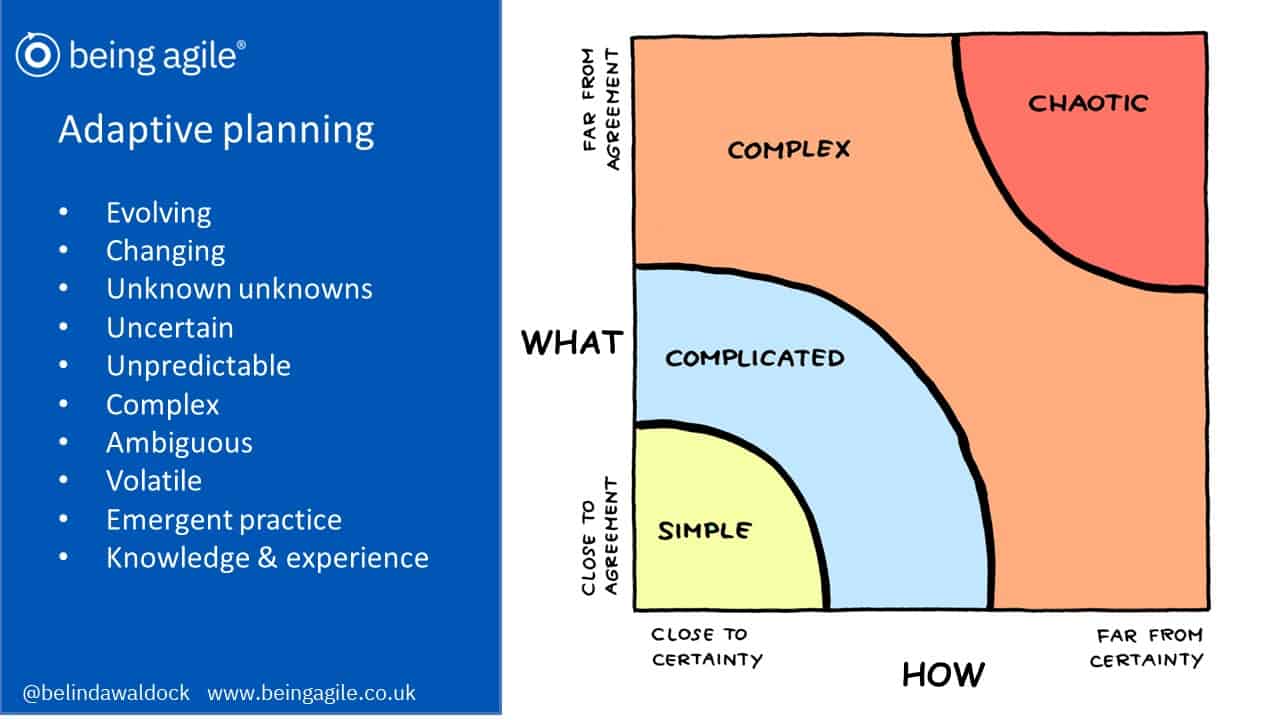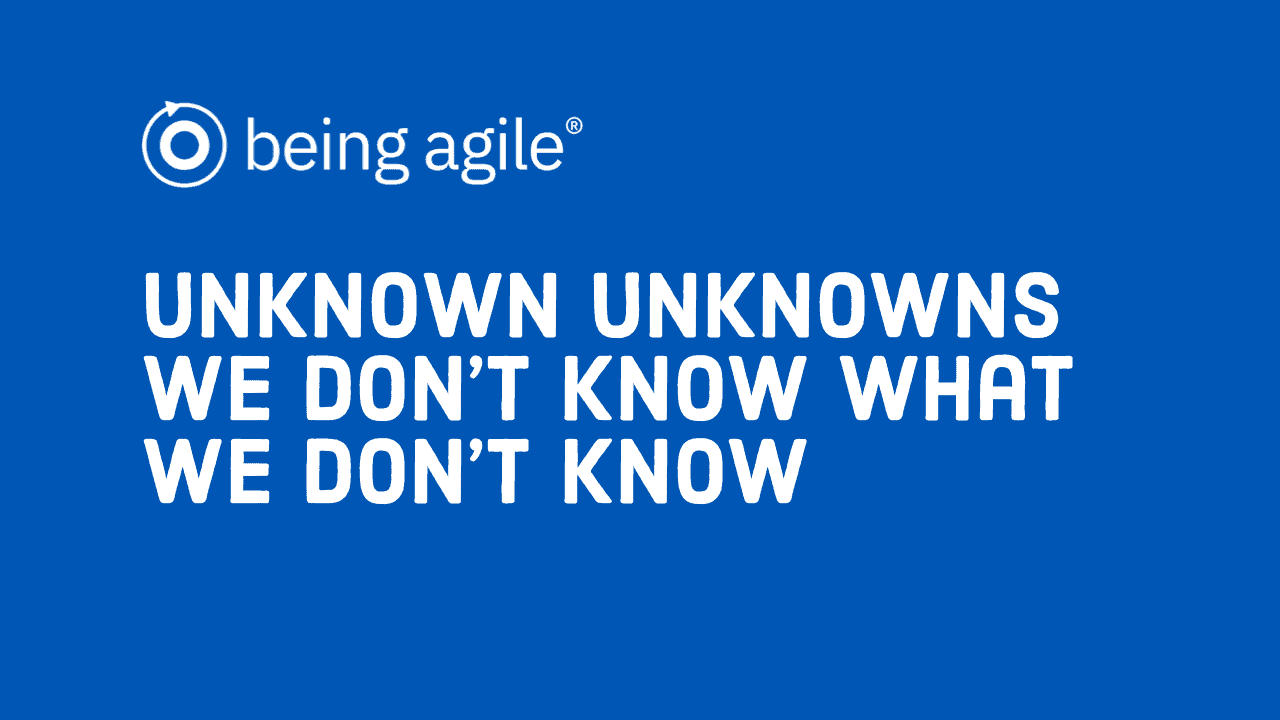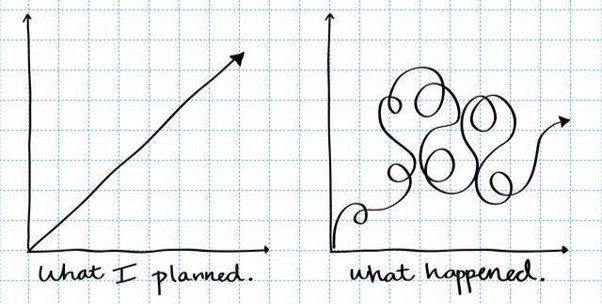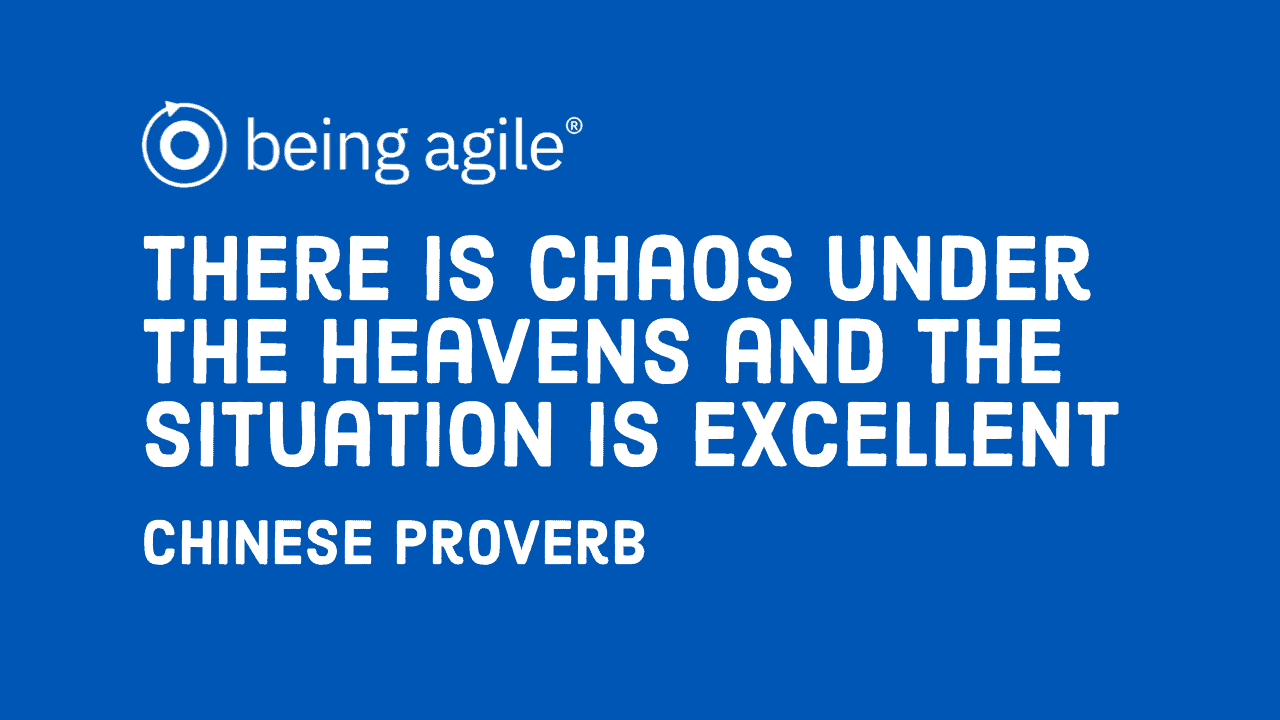Agile is an adaptive planning approach.
Video link : https://youtu.be/kSPMrCHBSKU
We can use predictive, traditional planning when we already know what we want to achieve, and how we can achieve it, for example when we have done something before, and it is a relatively small and simple task.
When we know what we are doing and how we will do it, things are know, they are obvious, and certain, and therefore highly predictable, we can take a linear approach to creating our solution.
We can use our skills and experience to create almost fixed policies, processes and procedures that help others to follow best/good practice in a step by step linear manner.
We can call this approach a predictive approach to planning. We can plan everything upfront (big upfront planning) if it is not already planned out for us in a process/procedure, then carry out the action, and then finally release and evaluate our solution.
Tech teams often refer to this approach as the ‘waterfall’ approach to delivering solutions.

This matrix on the slide is a simplified version of Ralph Stacey’s process complexity matrix. Here we use the matrix to understand whether we should take a predictive or an adaptive approach.
When we are in the bottom left quarter of the matrix we can take a predictive approach. Things are simple, or perhaps slightly complicated, but they are generally consistent and fixed and can be predicted and therefore easily planned for.
As we move away from knowing what we are doing, or how we are going to do it, into more complicated, complex, or indeed chaotic on the matrix, a predictive planning approach no longer works effectively. This is mainly due to being unable to predict exactly either what or how we will develop our solution. We need to take an ‘adaptive approach’, agile is an adaptive approach.

As we move further away from agreement on what we want to achieve, and certainty about how we will create a solution, things become more complex.
If we don’t know what we are doing, or how we are going to do it, then we are in ‘chaos’. Here the objective is to buy ourselves time to work out our first steps.
Of course the pandemic is a clear example of a chaotic scenario, where lockdown was used to stabilise the situation and help buy time to work out how best to respond. A paramedic is another great example of someone who often works in a chaotic environment where their primary job is to stabilise a patient.
Many knowledge based organisations operate in a complex environment where requirements of what and how are often unclear, custom solutions are required.
In complex and chaotic environments “we don’t know what we don’t know”. There are elements of unknown, and there maybe unknown, unknowns, things we are not even aware of yet and have not previously considered or encountered previously.

These environments are volatile, ambiguous, uncertain, subject to change, they require an adaptive approach where we can build in learning, with emergent solutions, improvements and evolving development based on experience and learning.

Consider current, recent or future projects, activities, events or products, map them to the matrix based on ‘what’ and ‘how’ to identify whether they are simple, complicated, complex or chaotic.
You may want to break these down further, some elements of a project maybe simple, while another element might be chaotic.
Often when we feel something is chaotic it is valuable to break it down and map its parts to this matrix, often we find only a small part of that problem is chaotic. Chaos is also an opportunity, change and disruption lead to innovation and opportunity. When things stay the same, they stagnate, loose momentum and traction, change is an opportunity to adapt and gain.
